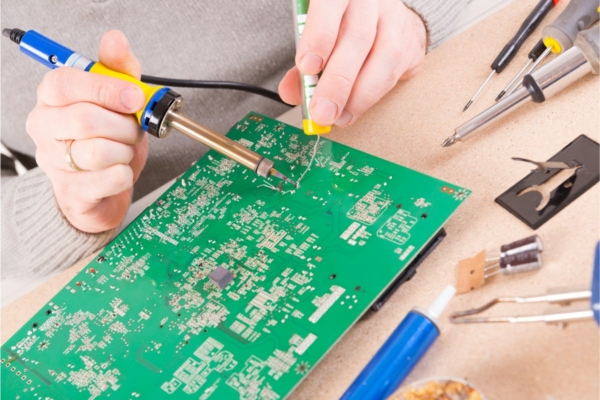What is Cold Solder Connection
A cold solder connection, also known as a cold solder joint, describes an improper solder joint that occurs when the solder does not completely melt during the soldering process. This results in a joint with a rough or lumpy surface, and over time, cracks may develop in the joint. Cold solder joints can have a dull appearance and are often characterized by convex shapes on the pins and flexible portions of the PCB surface.
The main cause of cold solder joints is the failure to heat the solder wire to the required temperature before soldering. Insufficient heating of the soldering iron can result in the solder not melting completely, leading to an improper joint. Additionally, any unwanted disturbance in the PCB and solder before they solidify can also contribute to the formation of cold solder joints.
Cold solder joints can have significant consequences. In terms of electrical features, they increase solder resistance, impeding the flow of current between PCB components. If the solder connection becomes very cold, the circuit board may fail to conduct electricity, necessitating the replacement of the board.
Furthermore, cold solder joints are mechanically weak and cannot handle vibration well. The lack of a strong bond between the metals in the joint makes it susceptible to movement, which can lead to further deterioration over time. Even irregular temperature changes can cause serious damage to cold solder connections, potentially resulting in a broken joint and failure of the circuit board.
Cold soldering is often found in substandard PCB applications and has become more common in newer technologies such as flexible printed circuits.





